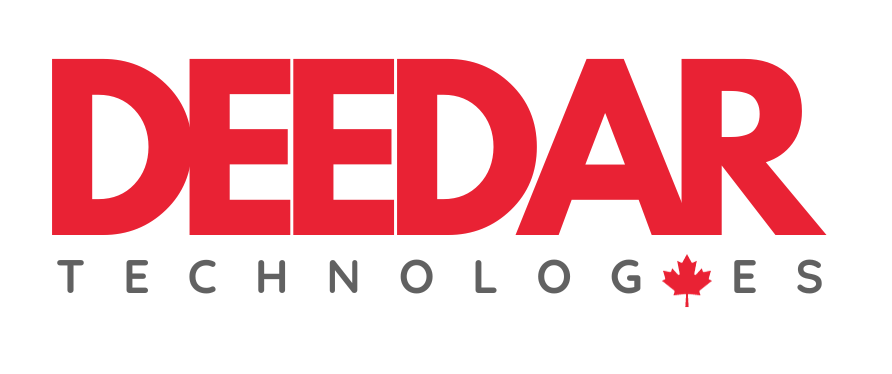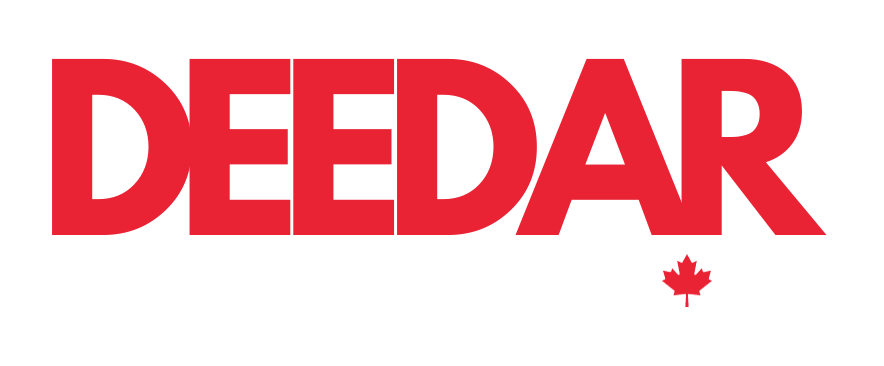A web development framework is a collection of tools, libraries, and pre-written code that provides a structured approach to building web applications or websites. In this blog post, we’ll explore the importance of framework for websites and provide practical tips on how to choose the right web development framework for your project. It simplifies and accelerates the development process by providing a foundation and common features, allowing developers to focus on application-specific logic rather than reinventing the wheel.
Here are some popular web development frameworks
Frontend Frameworks
-
- React: A JavaScript library for building user interfaces. It focuses on reusable UI components and is often used with other libraries or frameworks to create full-featured applications.
-
- Angular: A TypeScript-based framework developed by Google. It provides a complete solution for building complex, scalable applications with features like two-way data binding, dependency injection, and routing.Vue.js: A progressive JavaScript framework that is easy to learn and integrate into existing projects. It offers a flexible and component-based approach to building user interfaces.
Backend Frameworks
-
- Express.js: A lightweight and flexible Node.js framework. It provides a minimalistic approach to building web applications and APIs, allowing developers to choose and integrate additional libraries as needed.
-
- Django: A high-level Python framework known for its “batteries included” approach. It includes an ORM (Object-Relational Mapping) for database interactions, a built-in administration interface, and robust security features.
-
- Ruby on Rails: A full-stack web application framework written in Ruby. It follows the convention-over-configuration principle and emphasizes developer productivity and ease of use.
Full-Stack Frameworks
-
- Laravel: A PHP framework that prioritizes simplicity, elegance, and developer-friendly syntax. It provides a wide range of features for building both frontend and backend components of web applications.
-
- ASP.NET: A web development framework developed by Microsoft, using C# or Visual Basic .NET. It supports building web applications, APIs, and services and provides extensive tools and libraries for various development needs.
These are just a few examples, and there are many more frameworks available in different programming languages. The choice of a right web development framework depends on your project requirements, team expertise, scalability needs, and other factors mentioned in the previous response.
Choosing the right web development framework for your project
You make an informed decision while choosing the right web development framework for your project:
Understand your project requirements: Begin by identifying the specific needs and goals of your project. Consider factors such as the type of website or application you want to build, the scale of the project, desired functionality, performance requirements, and scalability needs.
Assess your team’s expertise: Evaluate the skill set and experience of your development team. Consider their familiarity with different programming languages and frameworks. Choosing a framework that aligns with your team’s expertise will result in faster development and better code quality.
Research available frameworks: Conduct thorough research to identify popular web development frameworks that meet your project requirements. Explore both frontend and backend frameworks based on the technology stack you prefer. Some commonly used frontend frameworks include React, Angular, and Vue.js, while popular backend frameworks include Django (Python), Ruby on Rails (Ruby), and Laravel (PHP).
Consider community support and documentation: Look for frameworks with active and supportive communities. A strong community provides access to resources, documentation, tutorials, and community-driven plugins or packages. It also ensures that the framework remains updated and secure.
Evaluate performance and scalability: Consider the performance and scalability aspects of the framework. Look for frameworks that have a track record of delivering efficient and high-performing applications. Assess how the framework handles caching, database queries, and handling concurrent requests.
Analyze security features: Security is a critical aspect of any web application. Examine the security features offered by the framework, such as protection against common vulnerabilities like cross-site scripting (XSS), cross-site request forgery (CSRF), and SQL injection. Additionally, consider the availability of security patches and the responsiveness of the framework’s development team to security concerns.
Review third-party integrations: Determine if your project requires integration with third-party services, libraries, or APIs. Check if the framework provides easy integration options and has an ecosystem that supports the required integrations. Consider the availability of plugins, extensions, or modules that facilitate these integrations. Assess documentation and learning curve: Ensure that the framework has comprehensive and up-to-date documentation. This is crucial for your team’s learning process and troubleshooting during development. Additionally, consider the learning curve associated with the framework, especially if your team is not already familiar with it. A steeper learning curve may impact development timelines.
Evaluate long-term support and maintenance: Consider the long-term support and maintenance of the framework. Look for frameworks with an established track record and a history of regular updates. This ensures that your project will receive ongoing support, bug fixes, and improvements.
Consider future scalability and flexibility: Think about the future scalability of your project. Choose a framework that allows for easy scalability and can accommodate potential growth or changes in requirements. Also, consider the flexibility of the framework to adapt to evolving technologies and trends.
Conduct a proof of concept (POC): If you have shortlisted a few frameworks, consider building a small proof of concept project using each one. This will give you firsthand experience and help you evaluate how well the framework fits your project requirements, the development experience, and the overall performance.
By following these steps, you’ll be able to make an informed decision and select a web development framework that best aligns with your project’s needs, team capabilities, and long-term goals.
Frequently Asked Questions (FAQs)
A web development framework is a set of tools, libraries, and conventions that provide a structured approach to building web applications. It includes components for handling routing, templating, database interactions, user authentication, and other common functionalities.
Web development frameworks are available in various programming languages. Some popular ones include:
JavaScript: React, Angular, Vue.js
Python: Django, Flask
PHP: Laravel, Symfony, CodeIgniter
Ruby: Ruby on Rails, Sinatra
Java: Spring, JavaServer Faces (JSF)
C#: ASP.NET
To choose the right web development framework, consider the following factors:
Project requirements: Assess the specific needs, goals, and functionality of your project.
Team expertise: Consider the skills and experience of your development team in various frameworks and programming languages.
Community and support: Look for frameworks with active communities and strong support resources.Performance and scalability: Evaluate how the framework handles performance and scalability requirements.
Security: Consider the framework’s security features and responsiveness to security concerns.
Documentation and learning curve: Assess the availability and quality of documentation and consider the learning curve associated with the framework.
Long-term support: Choose a right web development framework with a track record of regular updates and long-term support.
Third-party integrations: Consider the availability of integrations with third-party services or libraries that your project requires.
While it’s possible to use multiple frameworks in a single project, it can introduce complexity and overhead. It’s generally recommended to choose one primary framework that best suits your project’s needs. However, you can utilize additional libraries or tools alongside the main framework if they complement your development requirements.
Web development frameworks are suitable for a wide range of projects, from small websites to large-scale web applications. However, the choice of framework should align with your project’s requirements. For simple projects, a lightweight framework or CMS (Content Management System) may suffice, while complex projects may benefit from robust full-stack frameworks.
Remember to consider the specific needs of your project and the capabilities of your development team when selecting a web development framework.
Web development frameworks can be used to build various types of websites and applications, ranging from simple static websites to complex web applications with advanced functionality. Frameworks offer flexibility and scalability to accommodate different project requirements.
Web development frameworks can be used for both frontend and backend development, depending on the framework. Backend frameworks primarily focus on server-side logic, handling database interactions, authentication, and API development. Frontend frameworks, on the other hand, are used for building user interfaces and managing client-side interactions. Full-stack frameworks provide tools and components for both frontend and backend development, offering a comprehensive solution for building web applications.
Yes, many web development frameworks are free and open-source. Examples include React, Angular, Vue.js, Express.js, Django, Flask, Laravel, Ruby on Rails, and many more. These frameworks provide a cost-effective solution as they can be used without licensing fees and have vibrant communities that contribute to their development and support.
Conclusion
In conclusion, web development frameworks provide a structured and efficient approach to building web applications. They offer a range of benefits, including improved productivity, code organization, and access to pre-built components. When choosing a right web development framework, consider factors such as your project requirements, team expertise, community support, performance, security, documentation, and long-term viability.
Frontend frameworks like React, Angular, and Vue.js focus on building user interfaces, while backend frameworks like Express.js, Django, and Ruby on Rails handle server-side logic. Full-stack frameworks, such as Laravel and ASP.NET, provide solutions for both frontend and backend development.
Web development frameworks are versatile and can be used for various types of projects, from simple websites to complex web applications. They can be customized to fit specific project needs and often support integration with third-party services.
While it’s possible to switch frameworks during a project, it can be challenging and time-consuming, so it’s advisable to choose the right framework from the beginning. Performance considerations, customization options, and the availability of free and open-source frameworks are essential factors to consider.
Deedar Technologies offers expert web development services that can help you take your selecting the right web development framework that can help in the careful evaluation and consideration of your project’s requirements, team capabilities, long-term support, and scalability needs. By making an informed decision, you can ensure a smoother development process and a successful web application.
For more, you can visit our website:-https://deedars.com




